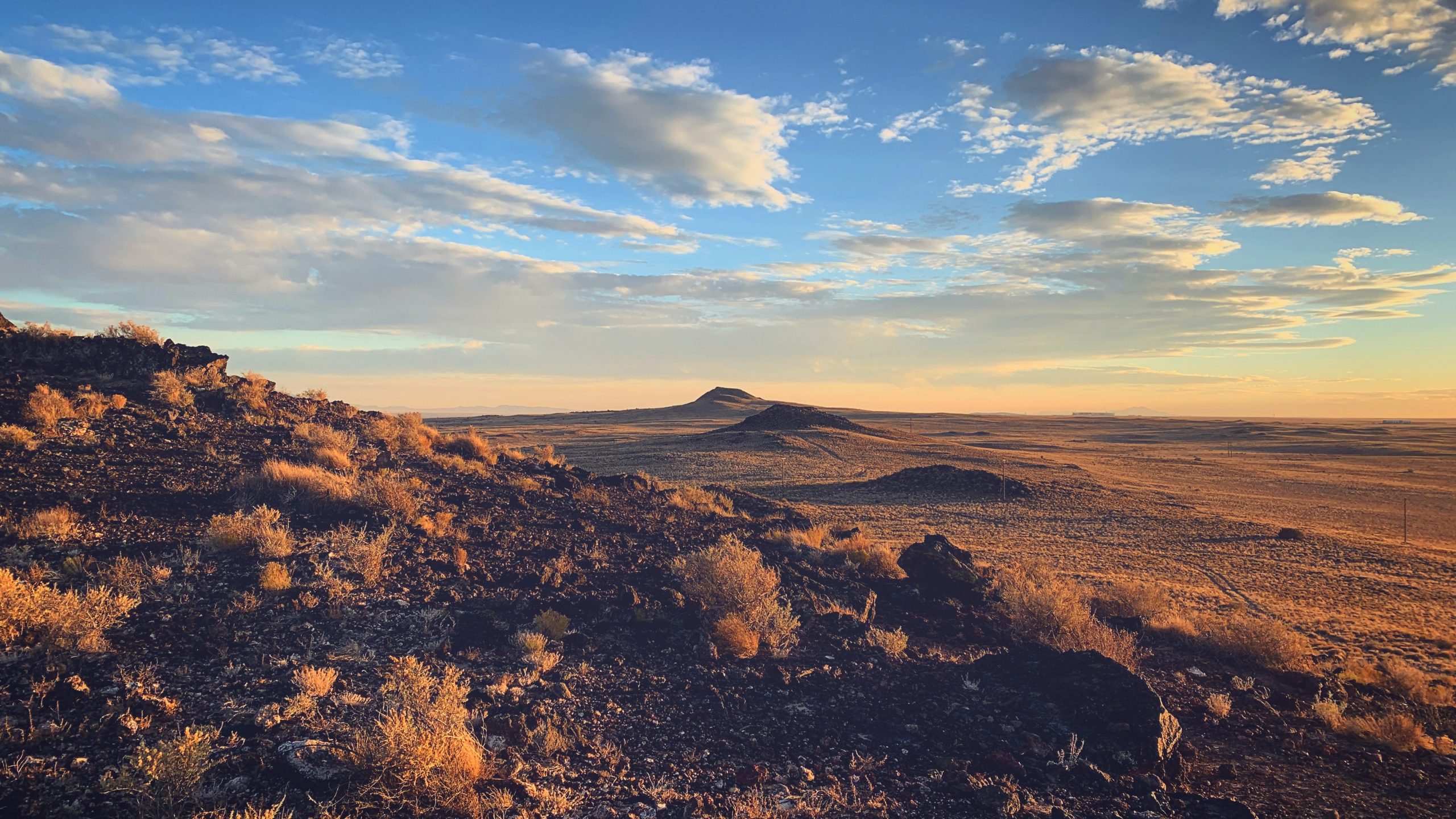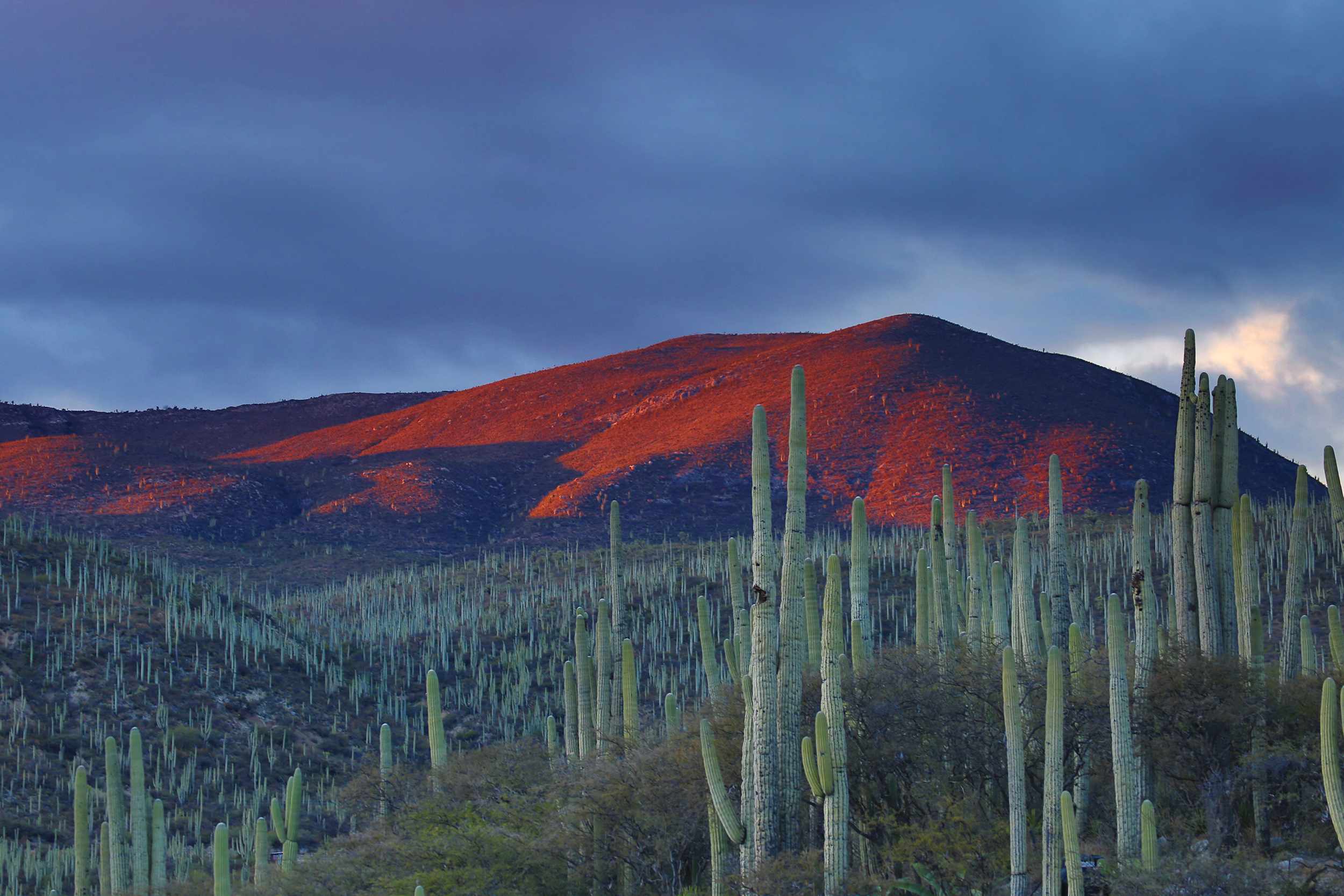The Seri language is spoken by the Seri people in northwestern Mexico, in two small communities along the Gulf of California. It has no known related language, and a written alphabet was not published until the 1950s.
In contrast to most languages with few speakers, the Seri language has actually grown over the last century. While there were believed to be just 200 Seri people in the 1920s, as of 2015 it is estimated that there are between 600 and 1,000 native speakers.
No known language that exists still today is related to Seri, making it an isolated language. Some have theorized it is a part of the Hokan language family, though this has been rebuffed by scholars who see few links between the languages.

Language Complexity
The isolation has made Seri a fascinating language. It is comprised of 18 consonants and eight vowels, and it has a very large lexicon. Kinship, for example, has over 50 primary terms, making it one of the most extensive lexicons in any language in the world.
Another complexity is the use of plurals. Explained by Stephen A. Marlett in the Journal of the Southwest:
“Unlike languages that either do not have any indicator of number (some Zapotec languages in Oaxaca, for example), or just add the suffix –m to the noun (as some neighboring Uto-Aztecan languages in Sonora, such as Yaqui), or usually add –s (like English), Seri flourishes here. In fact, every noun and verb has to have its plural listed in the dictionary because one simply has to learn it.
In Seri, one could ask for a couple of dozen words at random and never see a common way for plurals to be formed. Verbs are similar in that they have different forms depending on whether the action was done by one person or more than one, and whether the action was repeated or not repeated (roughly speaking). And these forms display about the same kind of complexity as the nouns.”
MORE LANGUAGES
Read our pieces on other endangered languages:
The Gullah Language
The Yuchi Language
The Keres Language
The Iñupiaq Language
Eclectic Serian Expressions
Seri also has some truly great expressions. From National Geographic, one such example is “Miixöni quih zó hant ano tiij?” which translates to “Where is your placenta buried?” The phrase is meant to ask where someone is from, as before hospital births the Seri people would bury the afterbirth in the ground and mark the burial spot, never forgetting where it lay.
Want to learn more about the Seri language? A good place to start is Marlett’s article, which looks at the phonology, morphology, syntax, and lexicon of the language.
Sign Up for Our Newsletter
The latest and greatest in transcription and translation news.



Leave a Reply